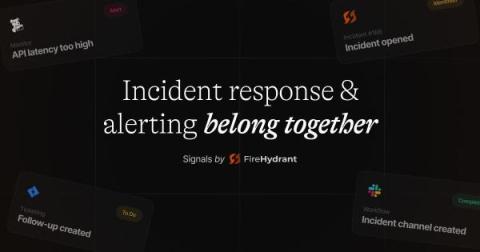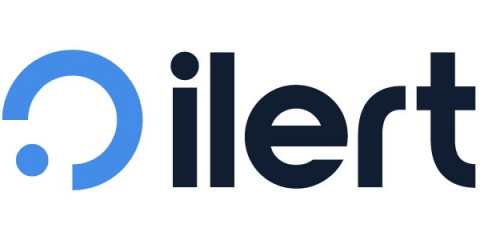Operations | Monitoring | ITSM | DevOps | Cloud
Incident Management
The latest News and Information on Incident Management, On-Call, Incident Response and related technologies.
Efficiently Connect Jira and Slack
Captains Log: A first look at our architecture for Signals
Welcome to the first Signals Captain’s Log! My name is Robert, and I’m a recovering on-call engineer and the CEO of FireHydrant. When we started our journey of building Signals, a viable replacement for PagerDuty, OpsGenie, etc, we decided very early that we would tell everyone what makes Signals unique, and what better way than to tell you how we’re building it (without revealing too much 😉). Let’s jump in.
What you need to know about the The Digital Operational Resilience Act (DORA)
The European Commission has introduced the Digital Operational Resilience Act (DORA) to bolster the digital infrastructure of the financial sector within the European Union (EU). As part of the EU's wider digital finance strategy, DORA's objective is to create a comprehensive framework governing digital operational resilience. Financial institutions must ensure full compliance with DORA by January 2025.
Mastering Root Cause Analysis: A Guide for Site Reliability Engineers
Site Reliability Engineers (SREs) play a vital role in ensuring the stability and performance of web services and are key in incident management. One of the core skills SREs need is the ability to conduct effective Root Cause Analysis (RCA) when issues arise. This guide is about how to improve your RCA skills for more effective post-incident analysis.Let's dive in.🔖 What is Prometheus Alertmanager? Read here!
Zenduty - Kubecon
xMatters Support - On-Call Groups
The Unplanned Show, Episode 19: Cloud Security response with Ashley Ward
How we manage incidents at Datadog
Incidents put systems and organizations to the test. They pose particular challenges at scale: in complex distributed environments overseen by many different teams, managing incidents requires extensive structure and planning. But incidents, by definition, break structures and foil plans. As a result, they demand carefully orchestrated yet highly flexible forms of response. This post will provide a look into how we manage incidents at Datadog. We’ll cover our entire process.
The Journey Into Automation: Optimizing Care Delivery
In a world where efficiency and precision are the cornerstones of progress, automation has become the unsung hero across diverse industries. From manufacturing floors to customer service, its transformative power has reshaped the way we work and deliver services. Today, we embark on a journey to explore the profound influence of automation on healthcare, where each automated process is a progressive step towards optimizing care delivery and reshaping the future of patient-centered care delivery.











